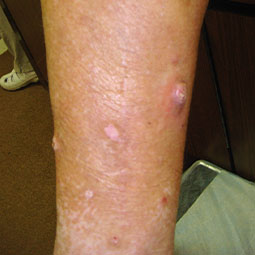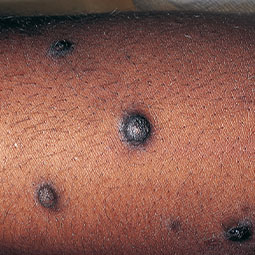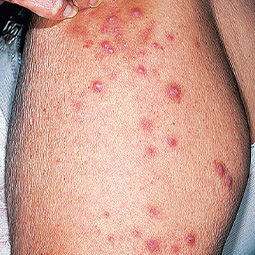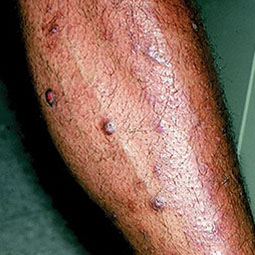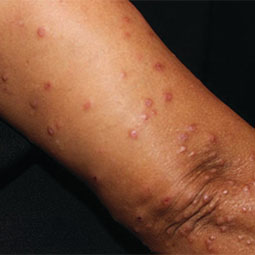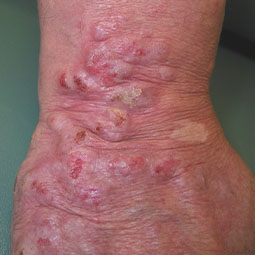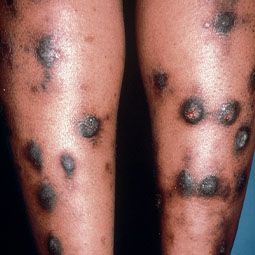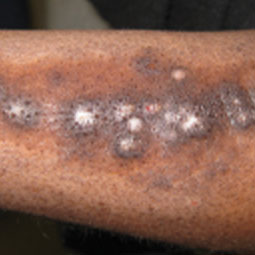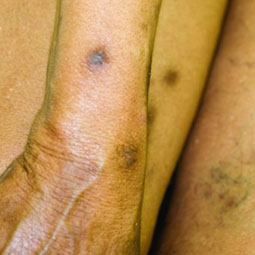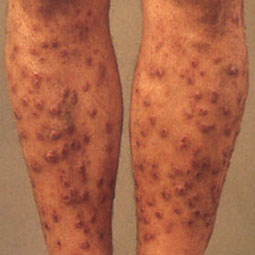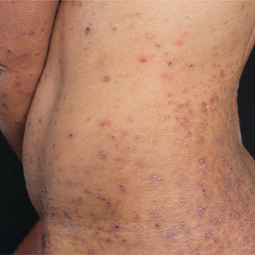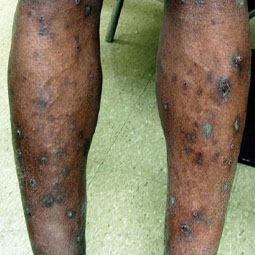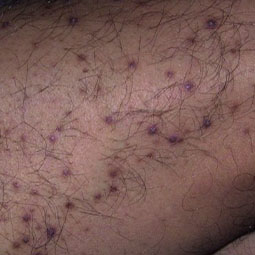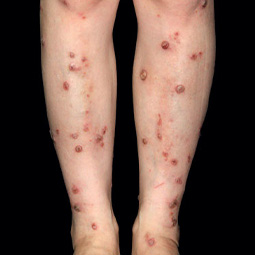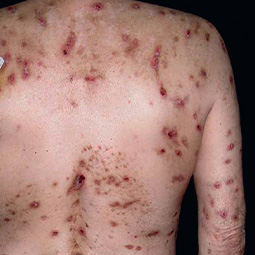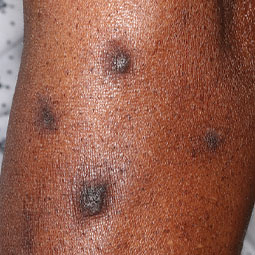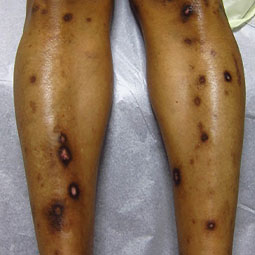While prurigo nodularis (PN) can be found on a variety of skin types, it remains an uncommon, often misdiagnosed disease. This gallery features real pictures of prurigo nodularis to help you understand what PN looks like across a wide range of skin tones.
What Does Prurigo Nodularis Look Like On Different Skin Tones?
This tool should not be used for self-diagnosis, but it can help inform your conversation with a skin specialist. These images feature real PN
patients who are not taking DUPIXENT and did not participate in DUPIXENT clinical trials. PN may look different on your skin and may appear on
other areas of the body.
How could PN look different on my skin?
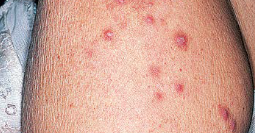
On lighter skin tones, PN nodules (bumps) may look red or pink.
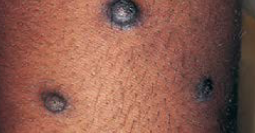
On darker skin tones, PN nodules (bumps) can appear purple, blue, brown, or black.
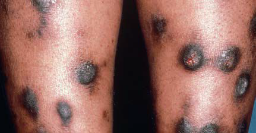
PN nodules (bumps) are frequently larger and firmer on darker skin.
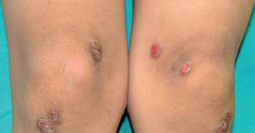
Scratching can tear away the skin over nodules (bumps), increasing the likelihood of bleeding and scarring.
Every patient is unique, so your signs and symptoms may differ from the pictures above. If you suspect you may have prurigo nodularis, speak to a dermatologist, who can provide a diagnosis and develop a treatment plan that works for you.
LEARN HOW A SPECIALIST MAY HELP
Dermatologists are trained to diagnose and treat patients of all skin tones. Learn more about partnering with a skin specialist and find one near you.
